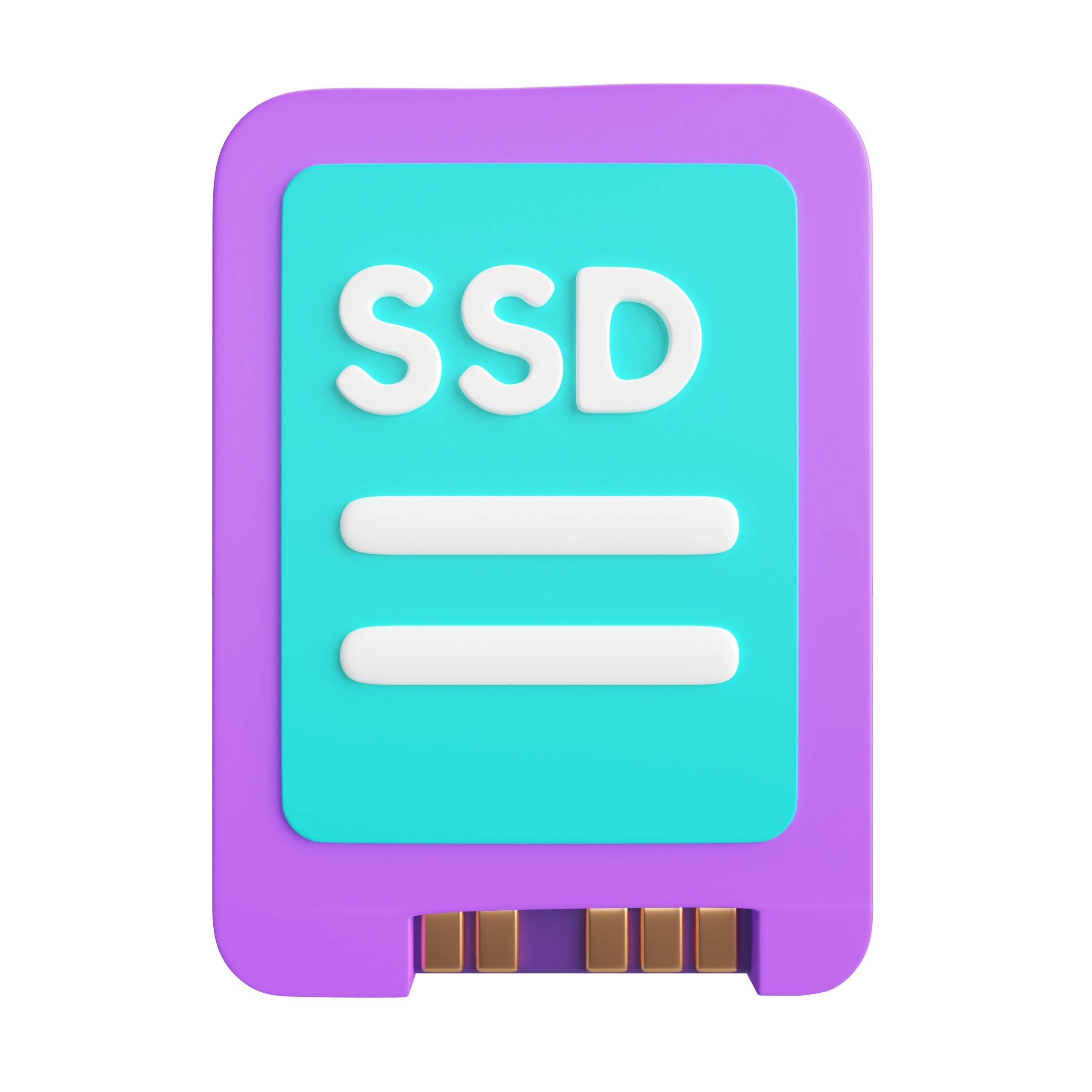There’s no argument that SSDs are better than hard disk drives. They are faster, quieter, more power efficient, and more durable. The only upside for HDDs is lower purchasing costs.
But being more durable than HDDs doesn’t mean SSDs last forever. They have limited lifespans and are vulnerable to certain risks. So, you must pay close attention to your SSD’s health and cultivate SSD optimization habits that will prolong its lifespan.
Also Read: SSD vs HDD: What’s the Difference and What to Choose?
This article will show you how to use Solid State Drive diagnostic tools to check SSD health on Windows 10 and the best ways to maintain it and prevent untimely decline.
Also Read: How to Run Hard Drive Diagnostics on Windows PC?
Why Should You Run SSD Health Checks?
Your SSD can develop problems over time, depending on your use. Every drive has a limited number of read/write and erase cycles. This clock is generally defined as Terabytes Written (TBW), the amount of data they can process throughout one lifetime.
Bad pages and blocks, firmware failure, and overheating are other issues that can draw the device’s end-of-life closer.
Also Read: How to stop a Windows 10/11 laptop from overheating while gaming?
Some of these issues may occur and continue to worsen in the background. They only become apparent when the SSD impacts your work and computer performance.
Learning how to check SSD health on Windows 11 and Windows 10 can help you find these lurking issues before they get out of hand. That way, you can discover your drive’s current state and respond quickly to minimize potential risks.
Also Read: How to Check What SSD You Have: A Comprehensive Guide
Signs of SSD Issues
It’s always a good idea to randomly check your SSD’s health on Windows 11 and 10, even without symptoms. That said, there are telltale signs that may hint at looming failure.
Let’s cover those signs:
- Slower performance: SSDs are known to be faster than HDDs because of how they store data. When you realize that your drive’s read/write speeds are beginning to feel as fast as a hard drive, something may be wrong, and it’s time to run an SSD diagnostic tool.
- Read/write errors: A malfunctioning SSD will throw up occasional errors when you try to read from or write to bad pages or blocks.
- Data corruption: You may start experiencing an inability to open files you created and used not too long ago.
Also Read: How to Find and Fix Corrupted Files in Windows 10?
- Boot issues: Windows may start struggling to boot. In some cases, your computer only starts up after several attempts. The OS may also advise you to run startup repairs when these problems occur.
Also Read: How to Speed Up Windows 10 Startup and Make Your PC Boot Faster?
- Frequent system crashes: Hardware issues can cause Windows to fail and produce BSOD error codes. If you start experiencing these errors randomly, you have to check your SSD.
How to Check SSD Health on Windows 10 and Windows 11
Every hard drive comes with a built-in utility for checking its health. This utility is called Self-Monitoring Analysis and Reporting Technology (SMART). You can use built-in Windows tools and third-party applications to run the SMART test and perform deeper scans. The type of application you use will determine the information you collect about your drive’s health.
We’ll show you how to check the health of an SSD using these tools.
Using the Command Prompt
The Command Prompt process provides a few details. It only displays a one-line response when you run the check. That said, these results are often enough to predict impending failure or reassure you.
Here’s how to test SSD health using the Command Prompt SMART tool:
- Go to the Start menu, type “Command Prompt” or “CMD,” and click Run as Administrator.
- Click Yes in the permission prompt.
- After the window opens, type “WMIC” and hit enter.
- Next, type “diskdrive get status” and hit Enter.
- If the Command Prompt shows “OK,” your drive is in perfect health. However, if it shows “Pred Fail,” it’s time to back up your drive.
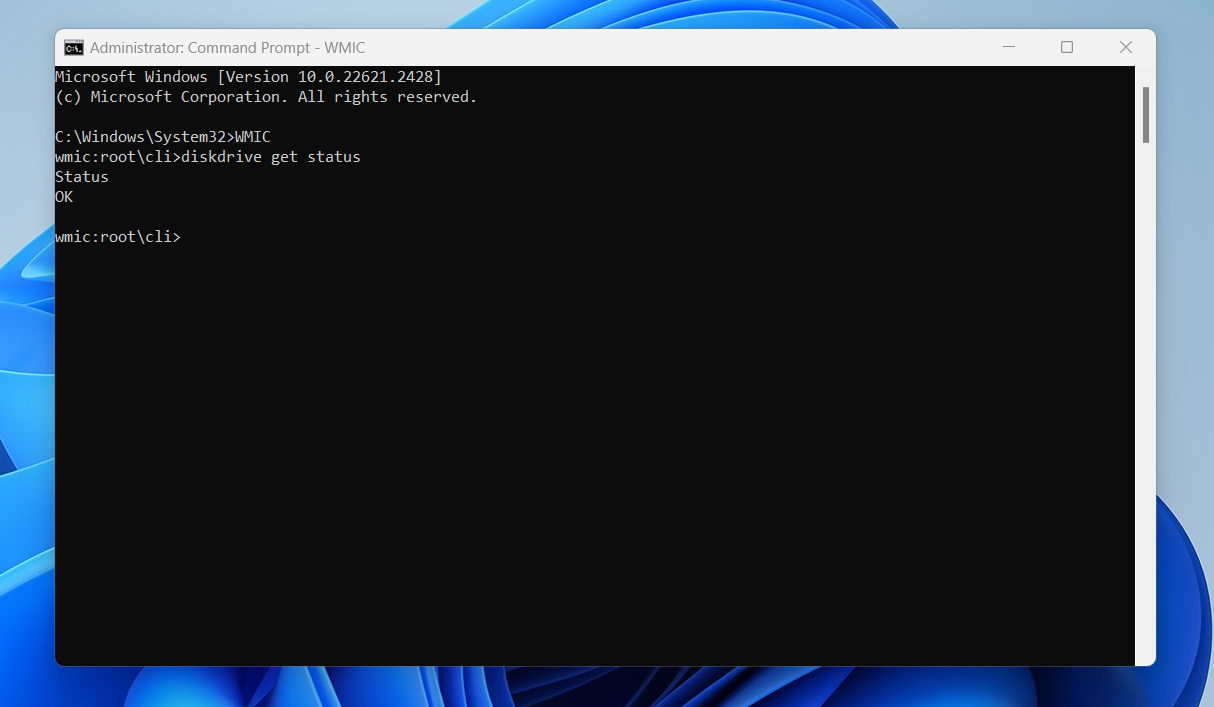
Using Windows PowerShell or Terminal
The Windows PowerShell can also show your SSD’s current health status when you use the “Get-PhysicalDisk” cmdlet.
These steps will show you how to test an SSD using PowerShell:
- Right-click Start or tap Win + X and click PowerShell (Admin) on Windows 10 or Terminal (Admin) on Windows 11.

- Click Yes in the permission prompt.
- Now, type the following and hit Enter:
Get-PhysicalDisk | Select-Object MediaType, OperationalStatus, HealthStatus
- The tool will now check your SSD and provide the following results:
- The MediaType result should indicate “SSD” for your solid-state drive.
- The OperationalStatus result should state if the drive is “OK” or not.
- The HealthStatus column shows whether the drive is “Healthy.”
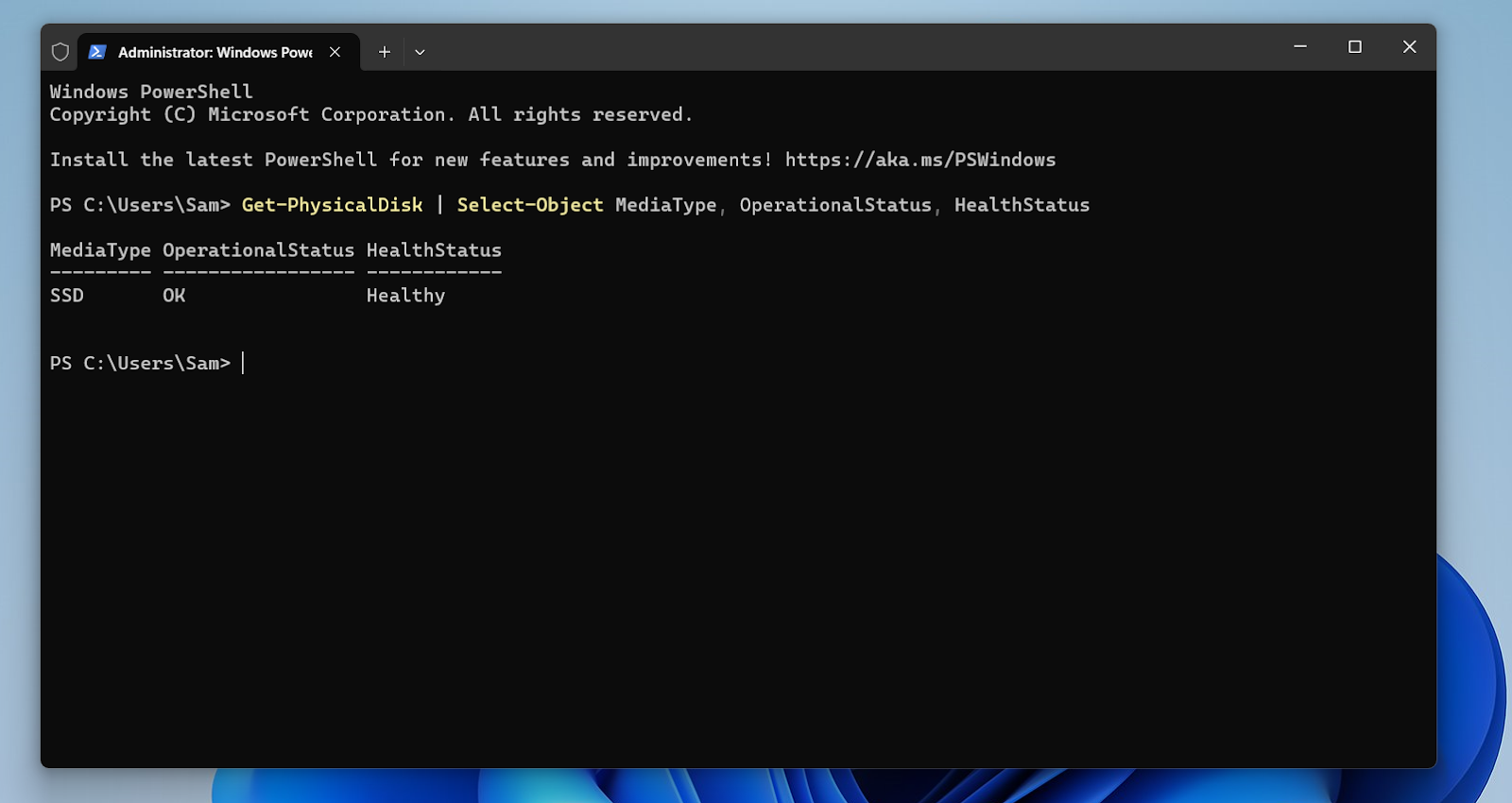
Using Auslogics BoostSpeed
Auslogics BoostSpeed is a system optimization program equipped with different disk tools. You can use its Disk Doctor utility to perform SMART checks and run a deep scan to detect potential issues.
These steps will show you the process:
- Once you download and install the tool, launch it and switch to the Advanced mode.
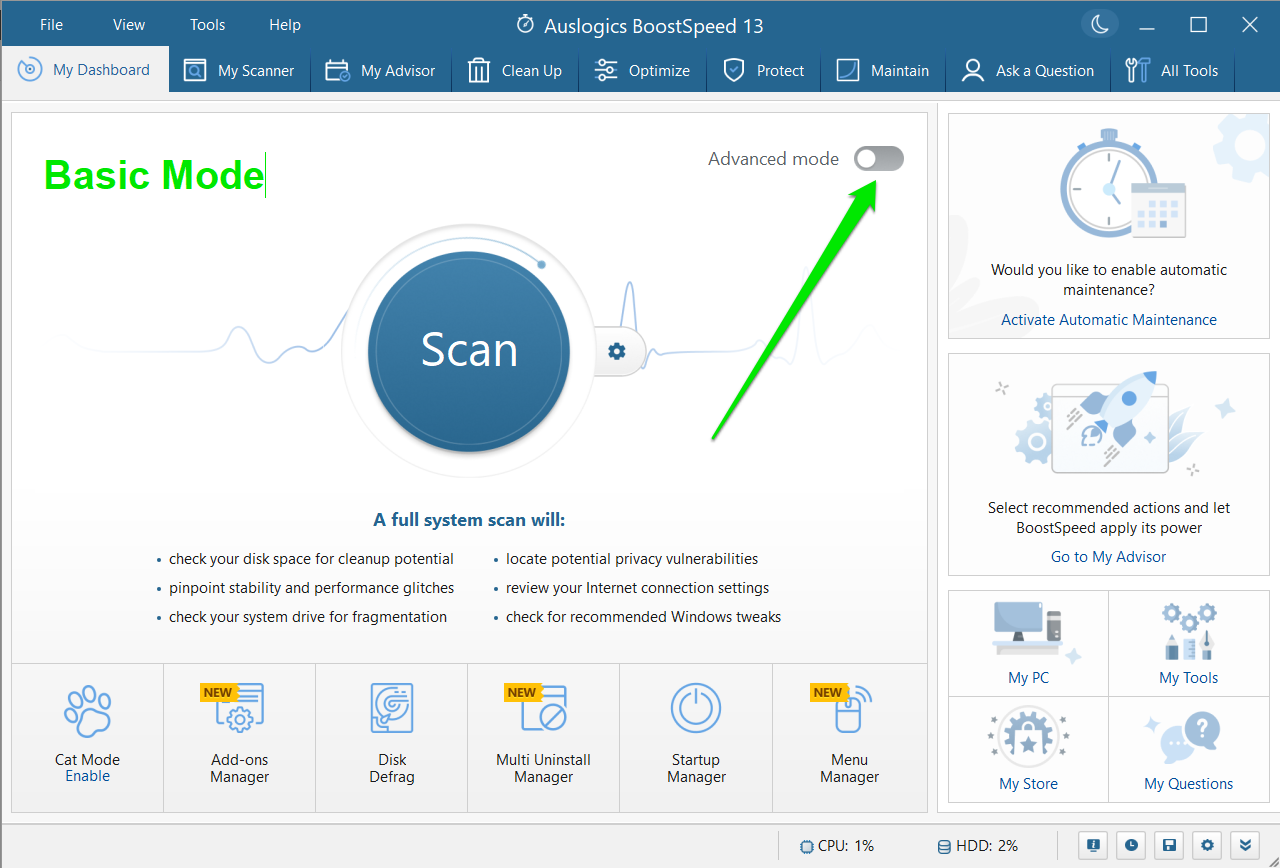
- Click My Tools in the advanced dashboard view

- Now, go to the Disk Tools section and click Disk Doctor.
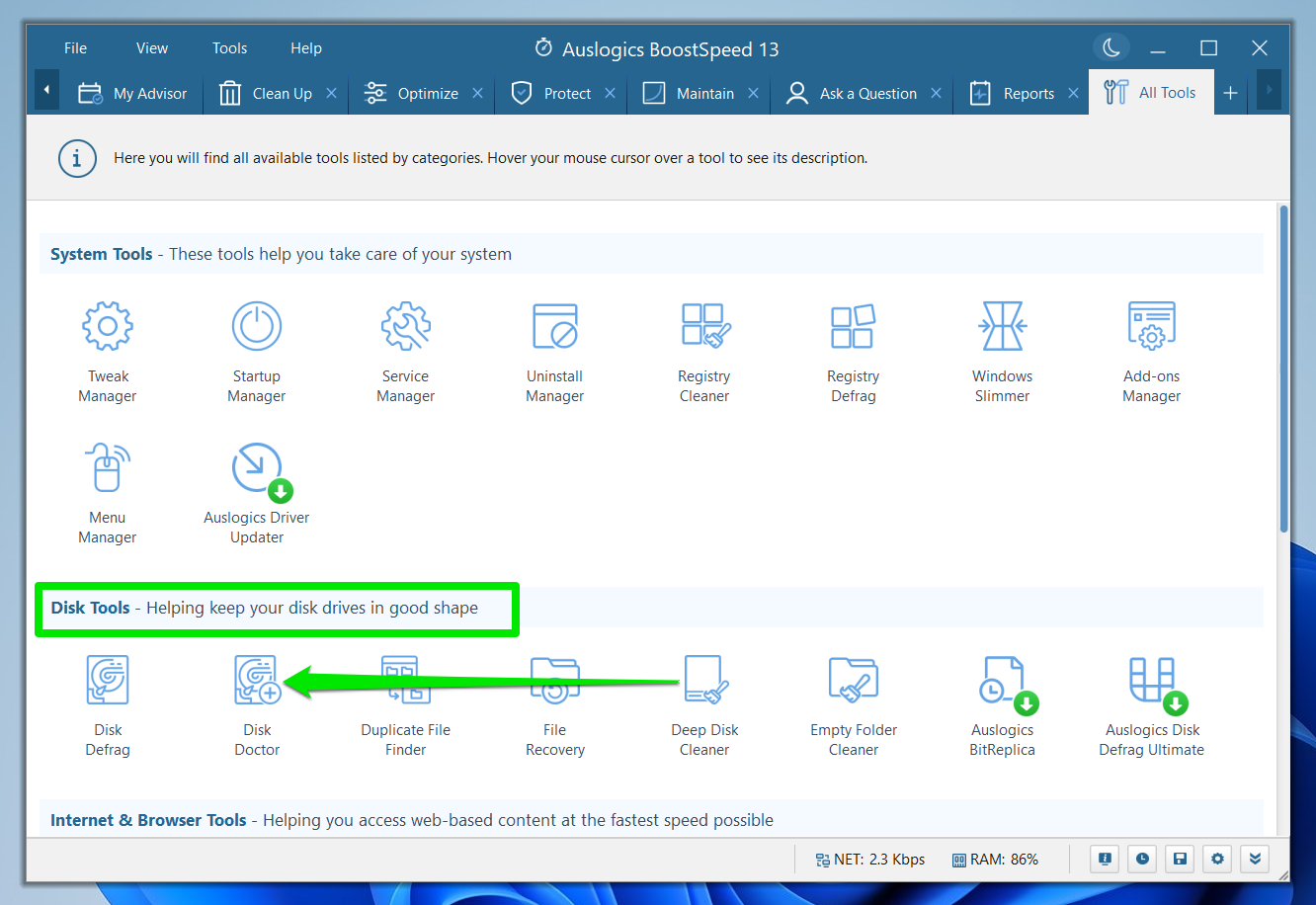
- After the Disk Doctor window opens, go to the bottom of the screen and click the S.M.A.R.T tab. Here, the tool will check different drive attributes and display your drive’s health status under Raw Data and Status.

Using Manufacturer Tools
SSD manufacturers provide utilities that can monitor and improve hard drive health status, update drive firmware, and perform backup operations. You can download products like Samsung Magician Software for a Samsung SSD and Western Digital Dashboard for a Western Digital SSD.
Preventing SSD Failure
You don’t need an error reminding you to take better care of your SSD. You should start making conscious efforts to prolong the drive’s lifespan and ensure you’re not putting it at any risk. We will show you all the ways you can do that.
Enable TRIM
TRIM is a Windows command for Advanced Technology Attachment SSDs that helps improve drive performance. The command tells the operating system which unused data blocks to delete. That way, your system will not overwrite data to previously used blocks, which can be unhealthy for the SSD.
You can follow these steps to turn TRIM on if it’s currently disabled:
- Go to the Start menu, type “Command Prompt” or “CMD,” and click Run as Administrator.
- Click Yes in the permission prompt.
- After the window opens, type “fsutil behavior query DisableDeleteNotify” and hit Enter.
- If you see “DisableDeleteNotify = 1,” then the TRIM feature is disabled for the hard drive with the stated file system. “DisableDeleteNotify = 0” means the operation is turned on.

- Enter the following command to enable it if it’s currently not allowed:
fsutil behavior set DisableDeleteNotify 0
- That should do it. Your computer should now be able to optimize your drive properly.
Keep Your SSD’s Firmware Up to Date
Most SSD manufacturers release updates for their SSDs to improve performance and security and fix known issues. Make sure you install these updates once they become available. You can get the updates through the manufacturer’s websites or download the product’s software application to receive prompts whenever updates become available.
Prevent the SSD from Getting Filled Up
Make sure you maintain at least 20% to 30% free storage space, as SSDs work better when they are not filled to capacity. You can use software like Auslogics BoostSpeed to clean up unnecessary temporary files that may be taking up space.
Also Read: How to Delete Temporary Files from Windows 10 PCs
Prevent Sudden Power Outages
Ensure you always shut down your computer correctly, as sudden power cuts to the SSD, especially during read/write operations, can harm the device’s health. You should also use a reliable Uninterrupted Power Supply (UPS) device to ensure you don’t entirely rely on the power grid.
Use a Different Drive for Virtual Memory
Windows uses part of your system’s drive as its virtual memory (page file). This operation could cause numerous read/write operations, reducing the SSD lifespan. So, consider moving the page file to a different physical drive if you have one.#
Avoid High Temperatures
Heat is bad for SSDs. If you use a high-performance laptop or desktop, ensure you don’t run applications that raise your computer’s temperature for long periods. If you can, invest in better cooling technology to manage your PC’s heat levels.
Always Monitor Drive Health
Use any of the methods we’ve shown you to stay updated on your drive’s health. That way, you can catch potential issues and back up recently created files.
Prevent Malware
Malicious programs can cause significant damage to your drive. Some of these programs are configured to corrupt firmware and delete files. So, always use updated antivirus software and make sure you’re careful how you download files from the Internet.
Also Read: How to Prevent Malware: Lock Down Your Online Safety
We recommend using Auslogics Anti-Malware alongside your primary antivirus program. The tool will help you catch any malicious application that falls through the cracks and protect you against online threats.
Back Up Files and Use Cloud Storage
You shouldn’t rely on your SSD 100%. Make sure you take safety precautions by using a backup drive. Saving critical work data on the cloud can also be the safer option, especially if you use a reliable and secure service.
Wrapping Up
Your storage device is one of your system’s most critical components. Ensure you always take measures to keep it functioning optimally, and never forget to back up important files.
FAQ
How Often Should I Check My SSD’s Health?
You should check your SSDs health as often as you remember or whenever you notice weird lags, errors, boot problems, and file-related issues.
What Temperature Is Considered Safe for an SSD?
A temperature range of 32°F to 122°F (0°C to 50°C) is considered fine.
Are Bad Blocks on an SSD Repairable?
No, bad SSD blocks cannot be fixed. However, the device’s firmware can prevent your operating system from using it.
Does Checking SSD Health Void the Warranty?
No, checking your SSD health is recommended practice.



